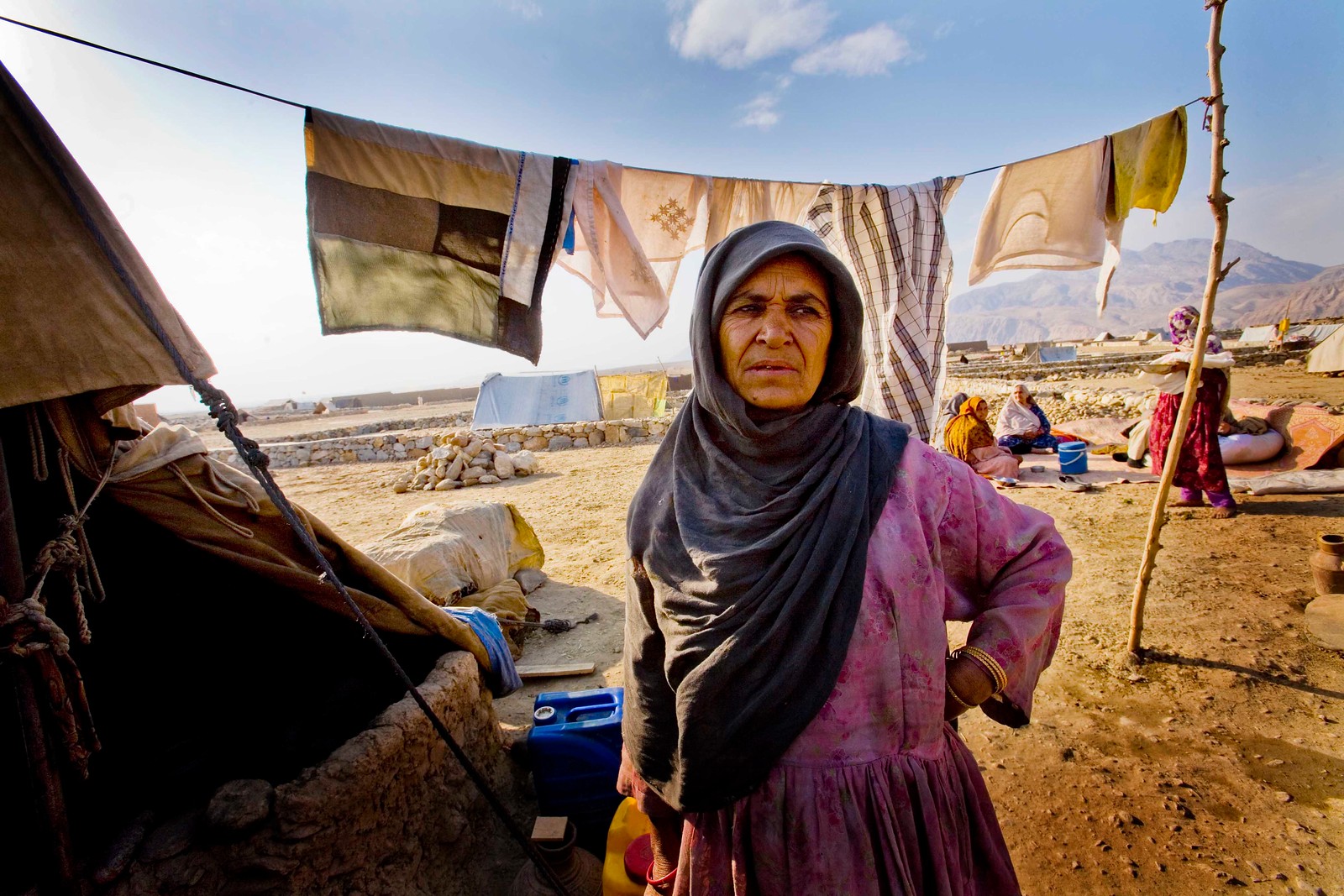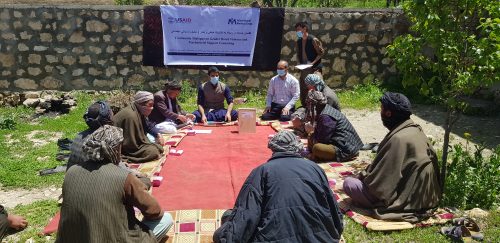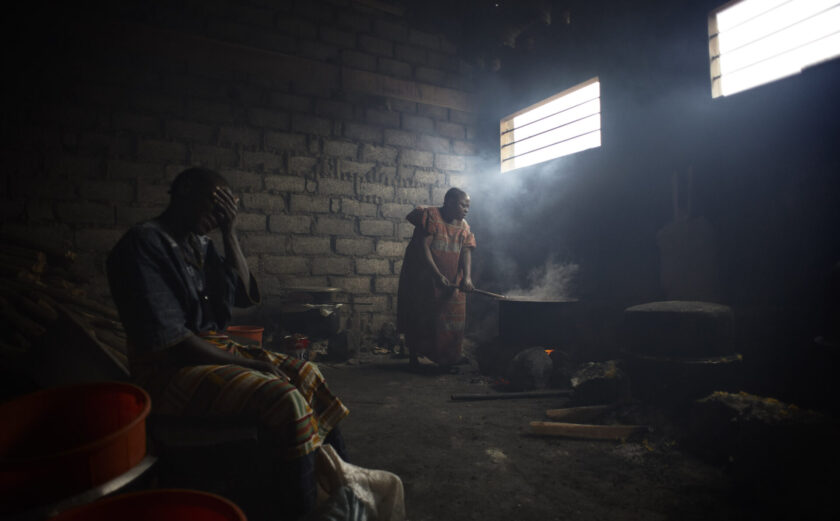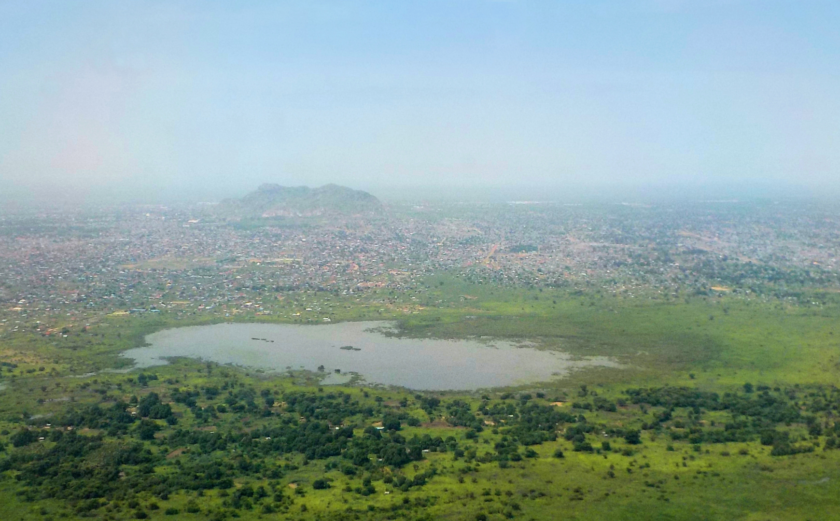
How to Turbocharge the Peace Process in Afghanistan
An International Medical Corps Guest Blog
I am the country director for a large American humanitarian organization working in Afghanistan that has been providing emergency and other lifesaving assistance to Afghan communities in remote and settled areas since 1984.
Because we care deeply about the future of Afghanistan, my colleagues and I read the final report by the Afghanistan Study Group (ASG) with great interest. The findings and recommendations are mostly very sound.
Humanitarian organizations are, by their nature, very operational. Consequently, I have a very operational recommendation for the authors and those who care about and support Afghanistan.
The authors wisely observe that “a peace agreement [for Afghanistan] will be sustainable only if it is supported by the Afghan people.” The history of conflict resolution around the world proves this. Peace talks are usually long and full of ups and downs. The parties on both sides are more likely to keep trying to find peace during long and often-difficult negotiations if they know that the people back home are behind them.
The authors go on to urge USAID “to prepare a package of support that will visibly and quickly reach the Afghan people.” Sadly, my experience as someone who has worked both inside and outside USAID has shown that this is not realistic. U.S. Government procurement rules and requirements imposed by the Congress on foreign aid make it impossible for USAID to design and launch any new projects quickly, to say nothing of the months it would take to mobilize a team in Afghanistan to execute such projects—given the enormous security challenges facing any contractor hoping to work here—and the imperative to patiently build Afghan buy-in for any project to be executed here. Realistically, it would take up to two years before new development projects could actually start in support of a peace agreement. Even if that process started today, results on the ground would begin far too late to help build support for the ongoing peace talks and any future agreement.
This is a problem. But there is a solution.

Humanitarian organizations like mine are already working all over Afghanistan, wherever people are in need. We don’t need lead time to hire staff and build offices. We already have both, all over the country. Communities know us, trust us and turn to us for help, because they know we listen to them. More help from us now would show them that the peace process is having a positive impact on their lives in the present, rather than months from now. With greater funding, support and access now, we could help more people in need while building support for the peace talks, and provide a bridge to the longer-term development projects envisaged in the ASG’s report.
But we must do more than provide emergency aid. We must help communities take the first steps to a more stable future by increasing access to education and improving livelihoods in rural areas, creating more prosperity for Afghan households. More funding for humanitarian organizations would also mean more jobs for Afghans and more revenue for the Afghan companies from which we buy food, medical supplies, and other commodities. Longer-term projects to grow the Afghan economy could dovetail with early humanitarian efforts, creating long-term—and, ultimately, self-sustaining—growth and prosperity.
Recently, USAID approved additional funding for a consortium of six large humanitarian organizations with extensive experience in Afghanistan, including mine, with a goal of providing additional assistance in areas where our organizations are likely to gain more access if the peace talks move forward. Kudos to USAID for thinking strategically, planning for success, and using its funding to build support for the peace process now, instead of waiting to see what happens. We encourage the other donor governments and U.N. agencies to adopt this same short-term approach so that their aid budgets can support the peace process now—when support for peace from the Afghan people is most critical.
This piece was originally published on the CSIS website on March 16, 2021.
Mark Ward currently works for International Medical Corps as its Country Director for Afghanistan. During a long career as a committed humanitarian, he has served in a number of positions at the U.S. Department of State, served as a senior advisor at the United Nations, and, among a number of positions held during a 21-year career at USAID, was director of the Office of Procurement and led the Office of Foreign Disaster Assistance (OFDA). He holds a B.A. and J.D. from the University of California at Berkeley.









